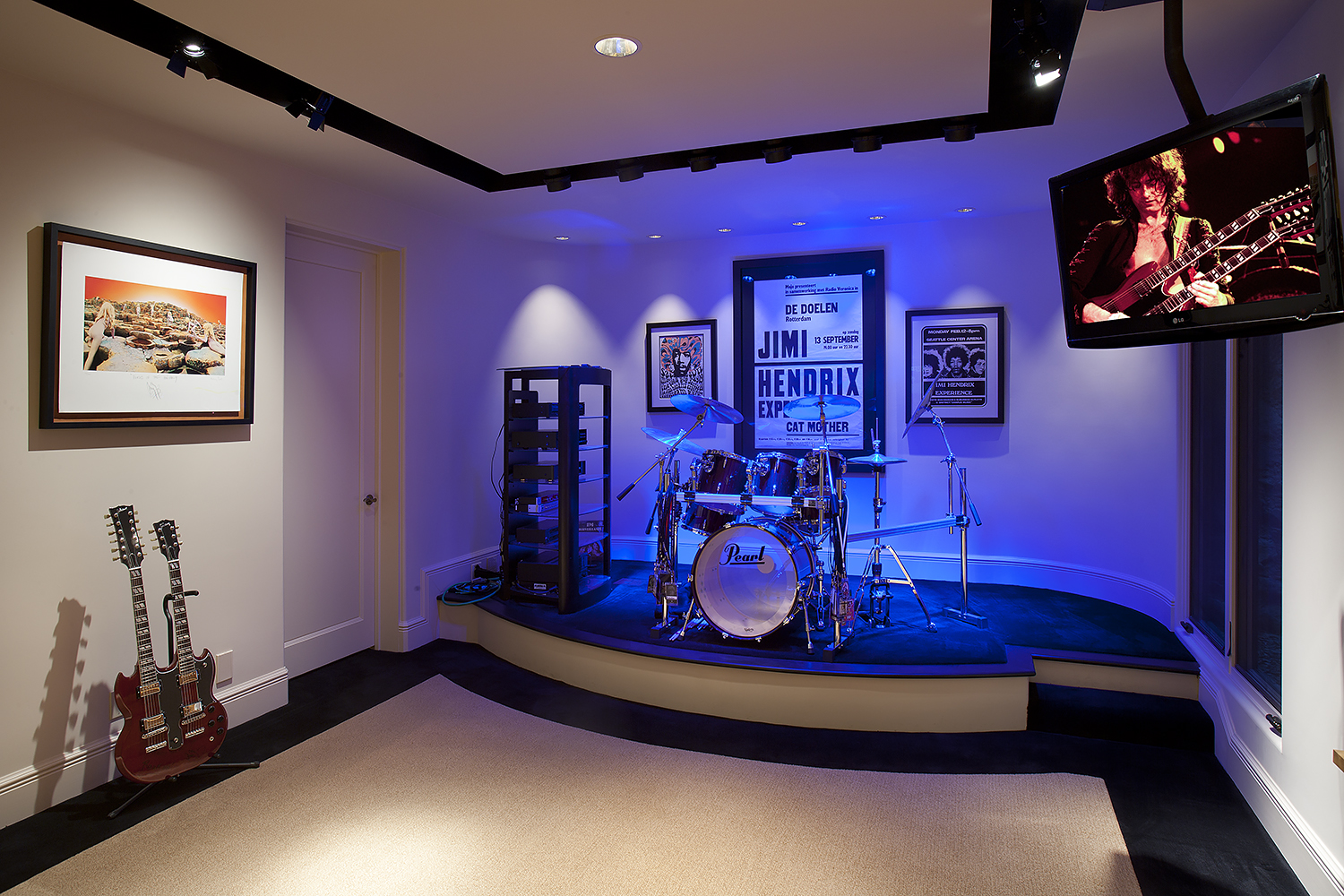

The thickness of a layer can be modified by clicking in the text field of a layer's Thickness column and entering your desired value.In this example, we will be adding three interior wall layers to our custom wall type, so go ahead and click on the Interior Layers section heading, then click the Insert Below button until we have a total of four layers: one layer in the Main Layers section and three layers in the Interior Layers section. Once you have selected the appropriate wall type, click OK. On the Wall Types panel of the Wall Specification dialog that displays, use the Wall Type drop-down menu to select the appropriate wall type. Additional layers can be added using the Insert Above or Insert Below buttons, and layers can be deleted using the Delete button. Using the Select Objects tool, select the wall that you want to change, then click the Open Object edit button. Use the Move Up and Move Down buttons to move layers around. The selected wall type’s layers are listed here and are divided into three sections: Exterior, Main, and Interior Layers.In this example, we renamed the wall to "8" Finished Concrete." Drill holes at marked positions, and then lightly tap supplied wall anchors into the wall using a hammer. Replace the wall type name with a short, descriptive name of your choice. Before starting, turn the power off at the breaker box or switch.

Depending on the new wall type you wish to create, you may be able to save time by selecting a similar preexisting wall type from the drop-down list at the top of the Wall Type Definitions dialog and copying it.


 0 kommentar(er)
0 kommentar(er)
